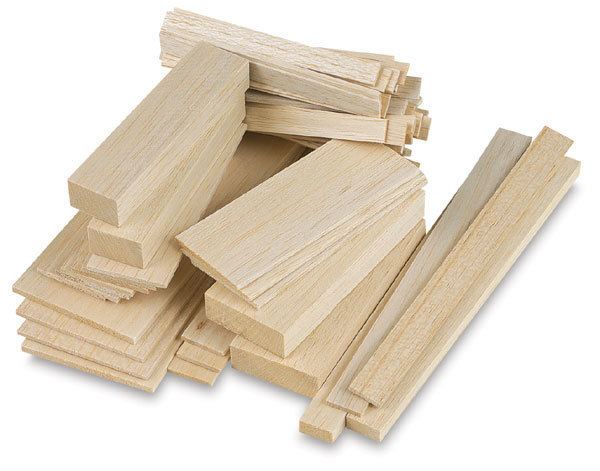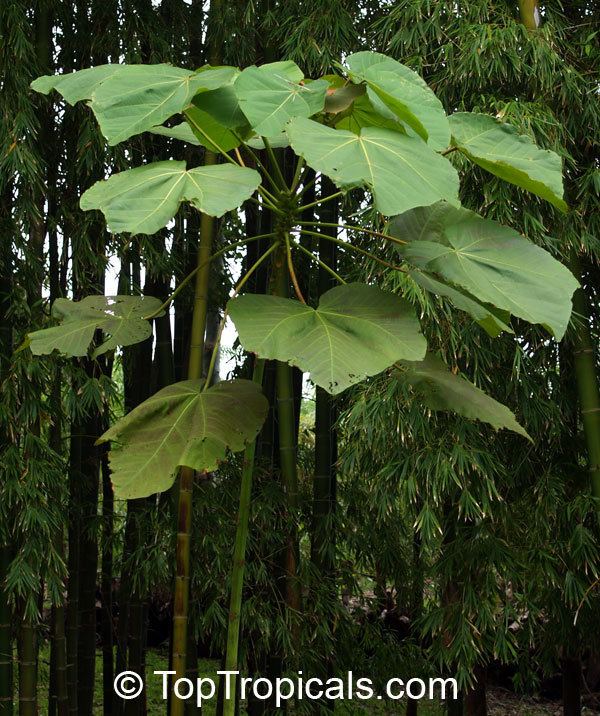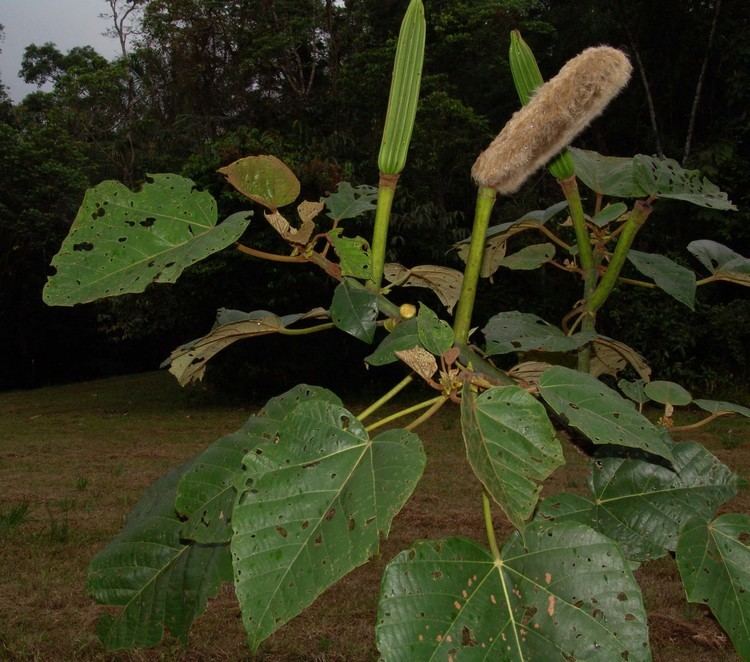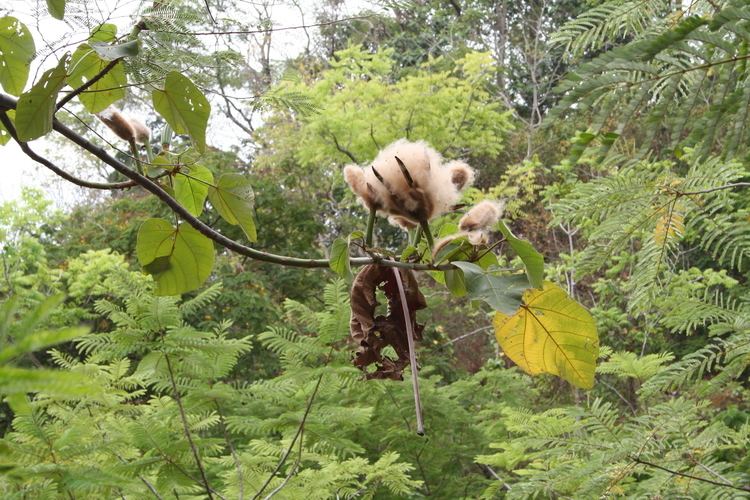Species O. pyramidale Higher classification Mallows | Scientific name Ochroma Rank Genus | |
 | ||
Similar Lindens, Mallows, Birch, Teak, Cedar | ||
Ochroma surfboard feature
Ochroma is a genus of flowering plants in the mallow family, Malvaceae, containing the sole species Ochroma pyramidale, commonly known as the balsa tree. It is a large, fast-growing tree that can grow up to 30 m (98 ft) tall. Balsa wood is a very lightweight material with many uses. Balsa trees are native to southern Brazil and northern Bolivia, up to southern Mexico.
Contents
- Ochroma surfboard feature
- Arbre fruit et graines du balsa ochroma pyramidale
- Biology
- Cultivation
- Uses
- References

Arbre fruit et graines du balsa ochroma pyramidale
Biology

A member of the mallow family, O. pyramidale is native to southern Mexico to southern Brazil, but is now found in many other countries (Papua New Guinea, Indonesia, Thailand, Solomon Islands). It is a pioneer plant, which establishes itself in clearings in forests, either man-made or where trees have fallen, or in abandoned agricultural fields. It grows extremely rapidly, up to 90 ft (27 m) in 10–15 years. The speed of growth accounts for the lightness of the wood, which has a lower density than cork. Trees generally do not live beyond 30 to 40 years.

Flowers are produced from the third year onwards, typically at the end of the rainy season when few other trees are in flower. The large flowers open in the late afternoon and remain open overnight. Each may contain a pool of nectar up to 1 in (2.5 cm) deep. Daytime pollinators include capuchin monkeys. However most pollination occurs at night. It was once thought that the main pollinators were bats; however recent evidence suggests that two nocturnal arboreal mammals, the kinkajou and the olingo, may be the primary pollinators.
Cultivation

Ecuador supplies 95% or more of commercial balsa. In recent years, about 60% of the balsa has been plantation-grown in densely packed patches of around 1000 trees per hectare (compared to about two to three per hectare in nature). It is evergreen or dry-season deciduous, with large (30–50 cm or 11.8–19.7 in) weakly palmately lobed leaves. Being a deciduous angiosperm, balsa is classified as a hardwood despite the wood itself being very soft. It is the softest commercial hardwood. The trees are harvested after six to 10 years of growth. The name balsa comes from the Spanish word for "raft".
Uses

Balsa lumber is very soft and light, with a coarse, open grain. The density of dry balsa wood ranges from 40–340 kg/m3 (2.5–21.2 lb/cu ft), with a typical density of about 160 kg/m3 (10 lb/cu ft). The wood of the living tree has large cells that are filled with water. This gives the wood a spongy texture. It also makes the wood of the living tree not much lighter than water and barely able to float. For commercial production, the wood is kiln-dried for about two weeks, leaving the cells hollow and empty. The large volume-to-surface ratio of the resulting thin-walled empty cells gives the dried wood a large strength-to-weight ratio because the cells are mostly air. Unlike naturally rotted wood, that soon disintegrates in the rainforests where balsa trees grow, the cell walls of kiln-seasoned balsa wood retain their strong structure of cellulose and lignin.

Because it is low-density but high in strength, balsa is a very popular material for light, stiff structures in model bridge tests, model buildings, and for the construction of model aircraft; all grades are usable for airworthy control line and radio-controlled aircraft varieties of the aeromodeling sports, with the lightest "contest grades" especially valuable for free flight model aircraft. However, it also is valued as a component of full-sized light wooden aeroplanes, most notably the World War II de Havilland Mosquito.
Balsa is used to make wooden crankbaits for fishing, especially Rapala lures.
Sticks of dried balsa are useful as makeshift pens for calligraphy when commercial metal nibs of the desired width are not available.
Balsa wood is often used as a core material in composites; for example, the blades of many wind turbines are partly of balsa. In table tennis bats, a balsa layer is typically sandwiched between two pieces of thin plywood made from other species of wood. Balsa wood is also used in laminates together with glass-reinforced plastic (fiberglass) for making high-quality balsa surfboards and for the decks and topsides of many types of boats, especially pleasure craft of less than 30 m (98 ft) in length.
Balsa is also used in the manufacture of "breakaway" wooden props such as tables and chairs which are designed to be broken as part of theatre, movie and television productions.
The 5th and 6th generations of the Chevrolet Corvette had floor pans composed of balsa sandwiched between sheets of carbon fiber reinforced plastic.
Norwegian scientist and adventurer Thor Heyerdahl, convinced that early contact between the peoples of South America and Polynesia was possible, built the raft Kon Tiki from balsa logs, and upon it he and his crew sailed the Pacific Ocean from Peru to the Polynesian Tuamotu Archipelago in 1947. However, the Kon Tiki logs were not seasoned and owed much of their (rather slight) buoyancy to the fact that their sap was of lower density than seawater. This serendipitously may have saved the expedition, because it prevented the seawater from waterlogging the wood and sinking the raft.
Balsa wood is also a popular wood type used in the arts of whittling, and surfing.
